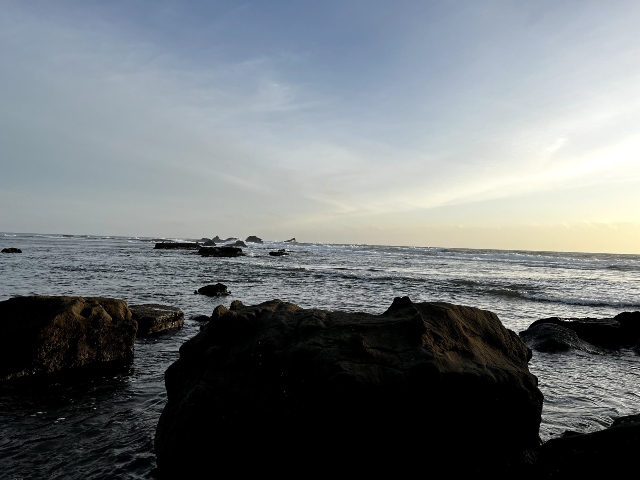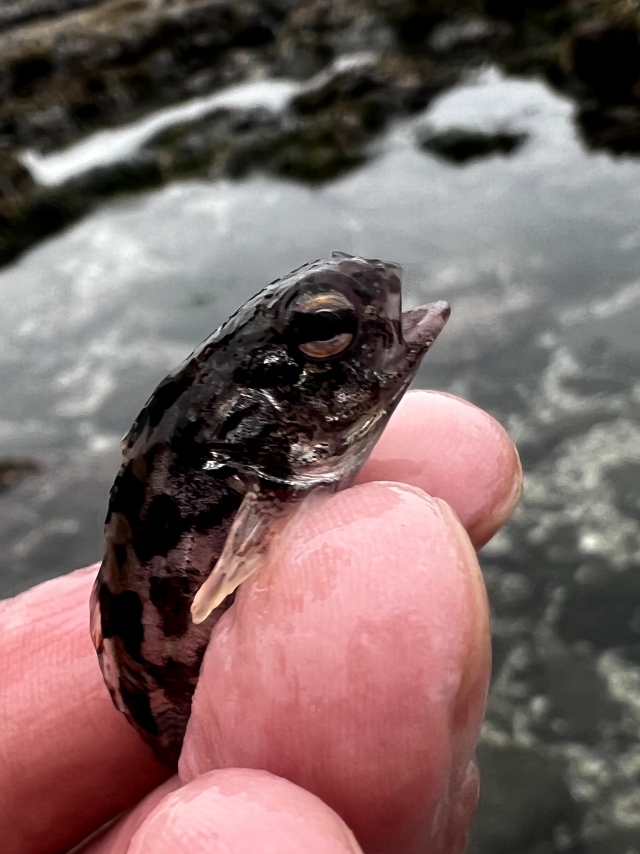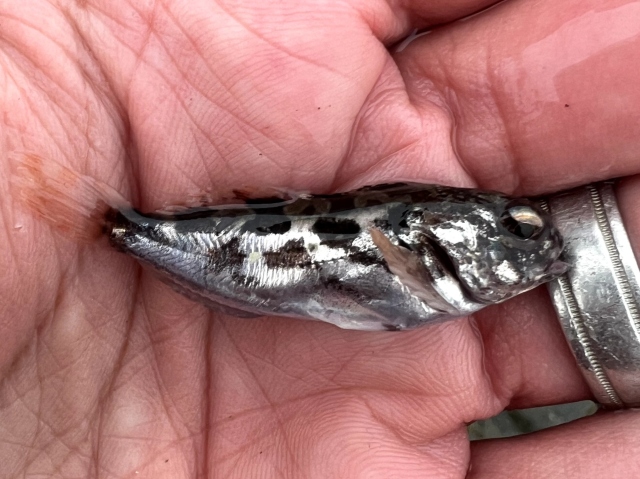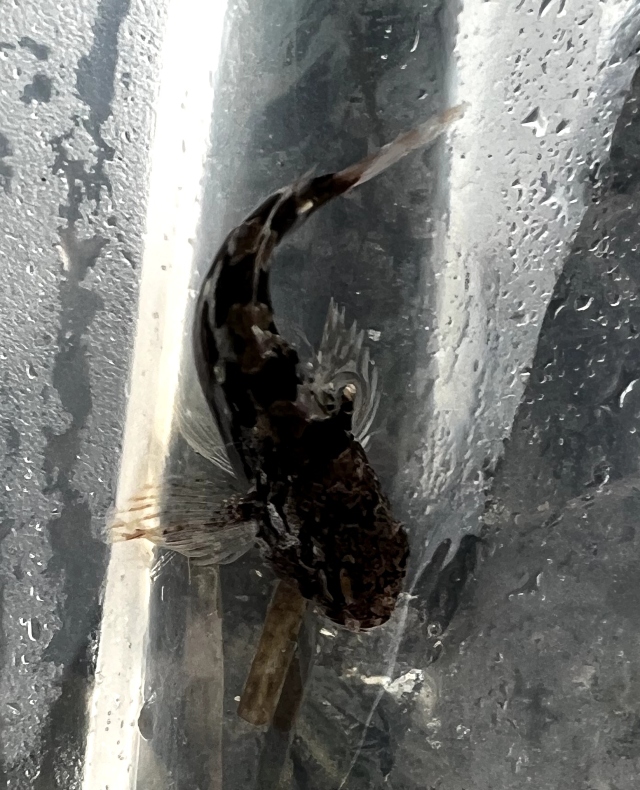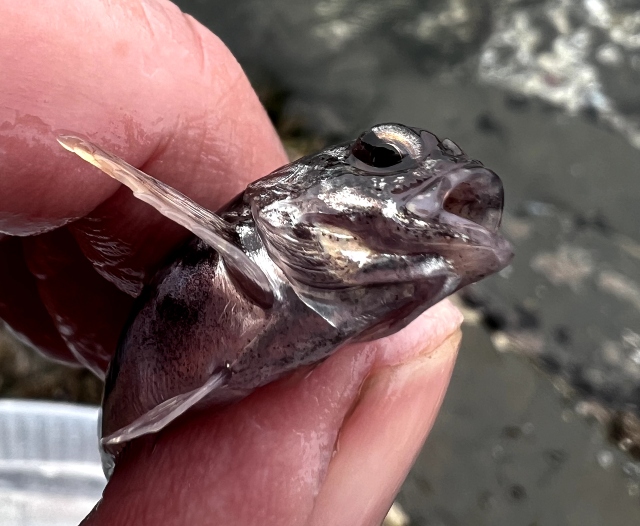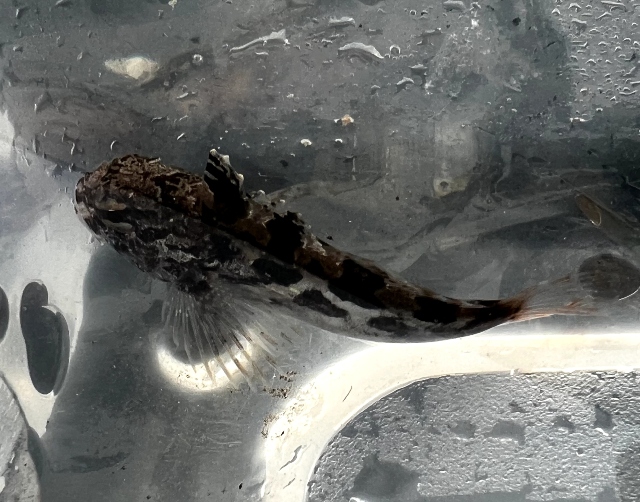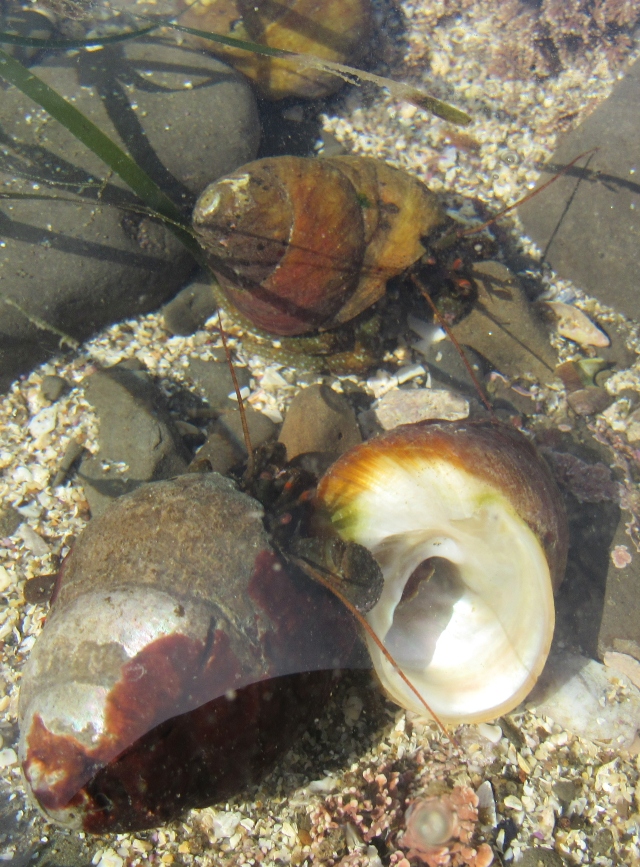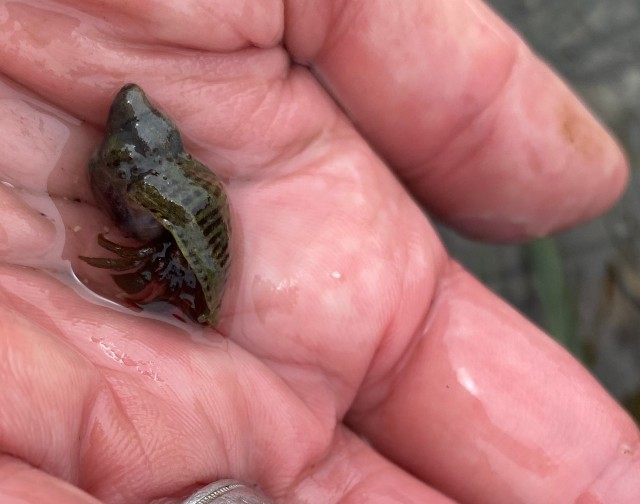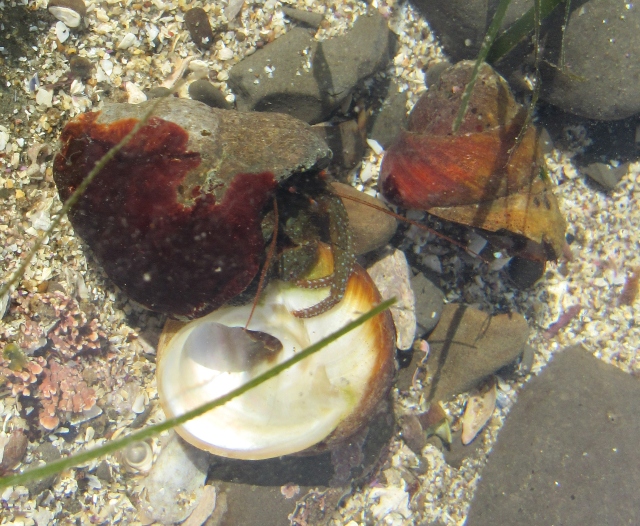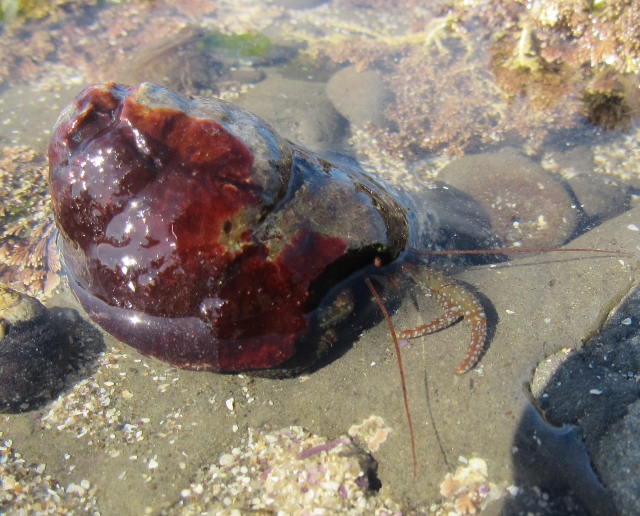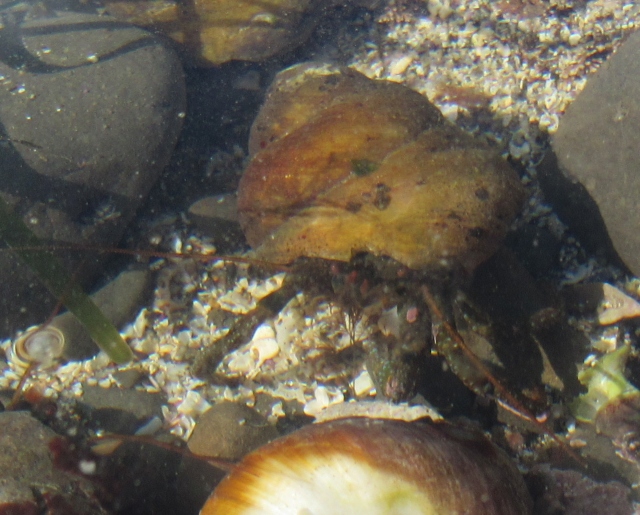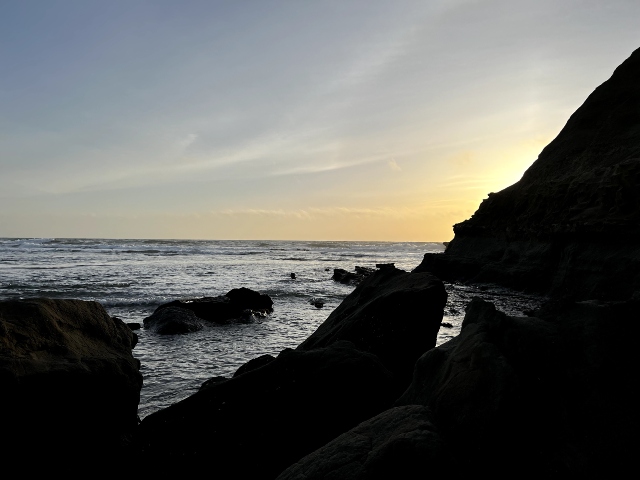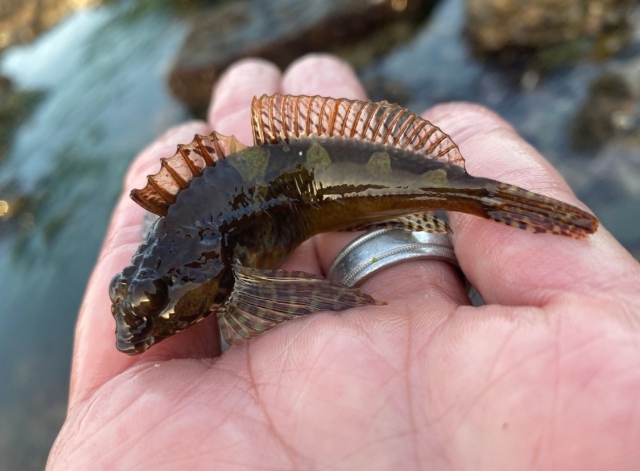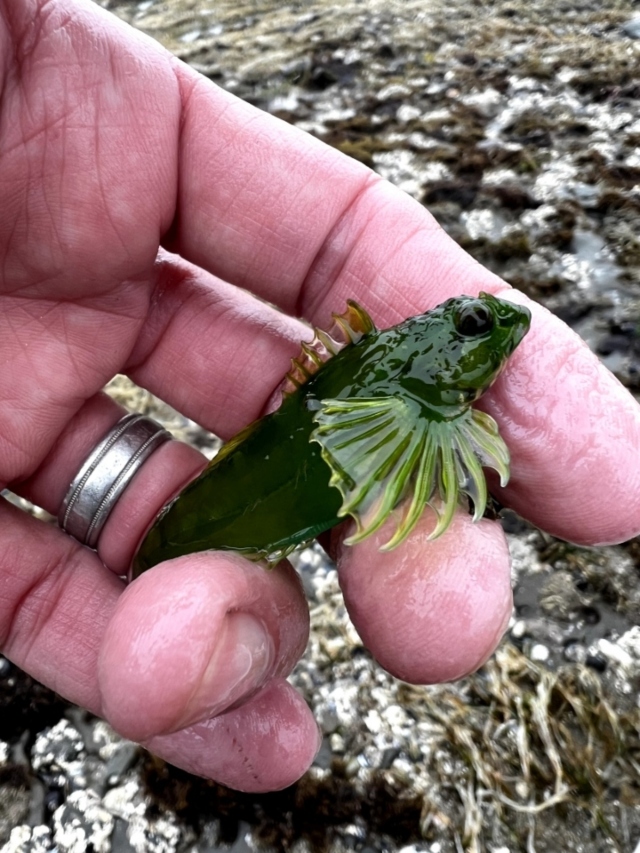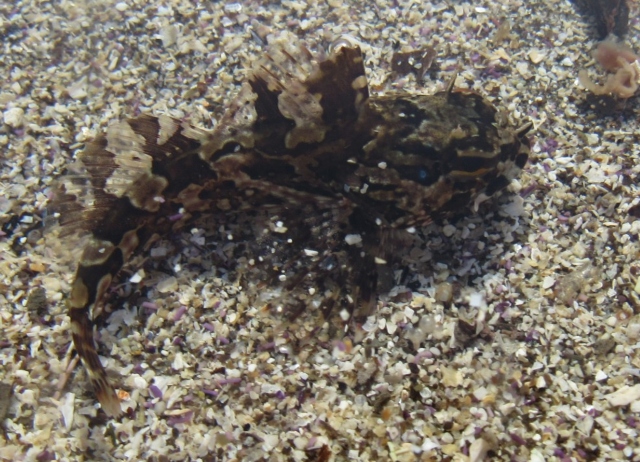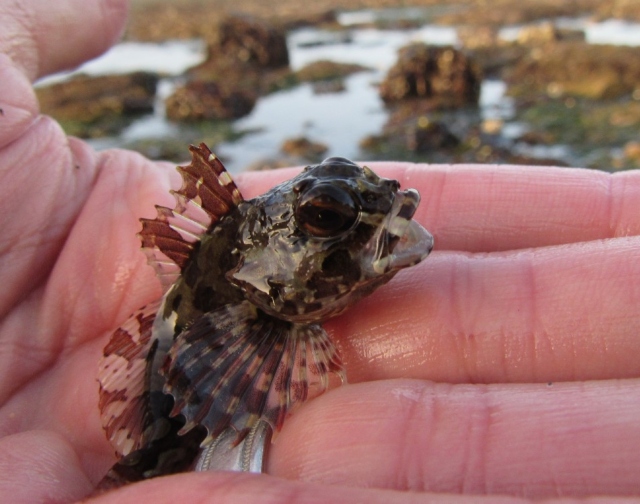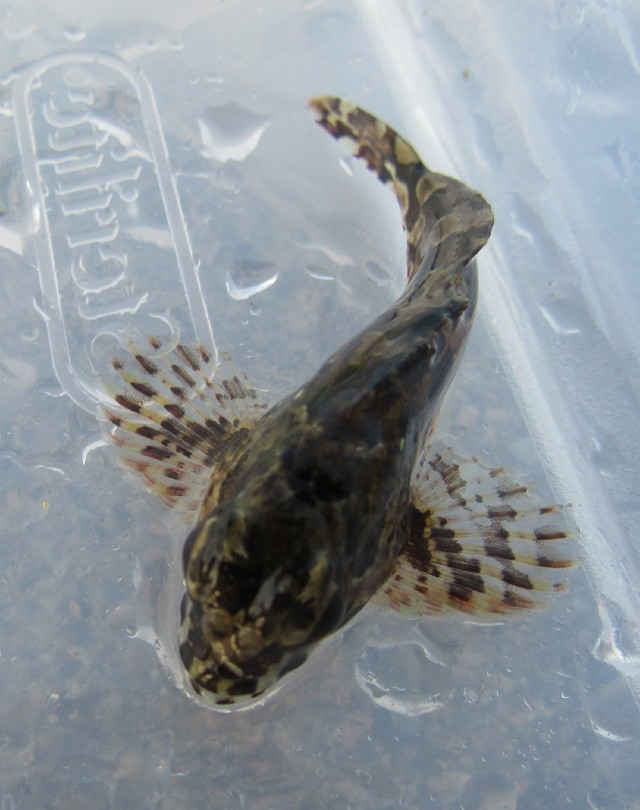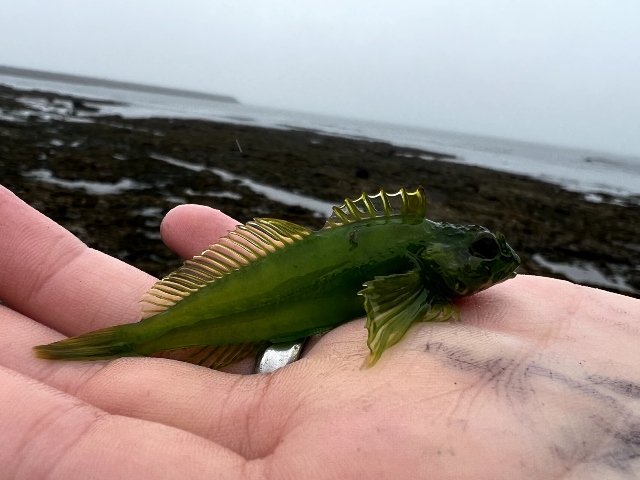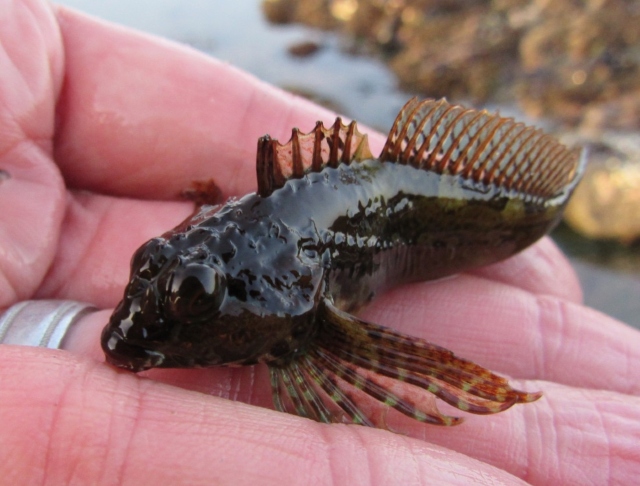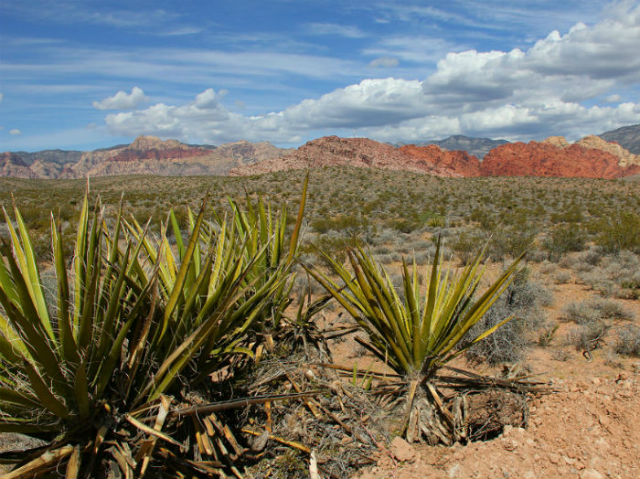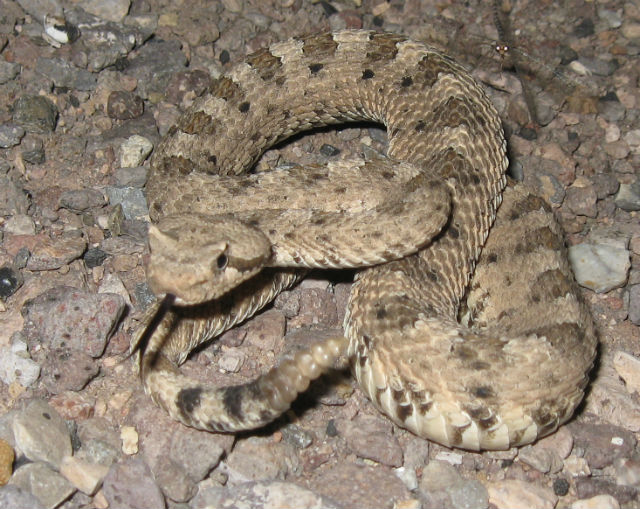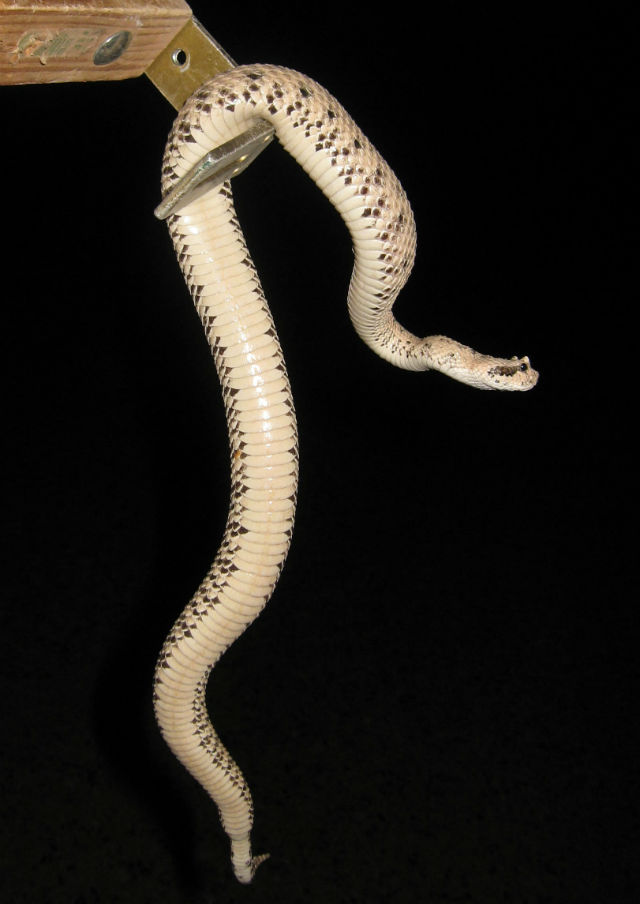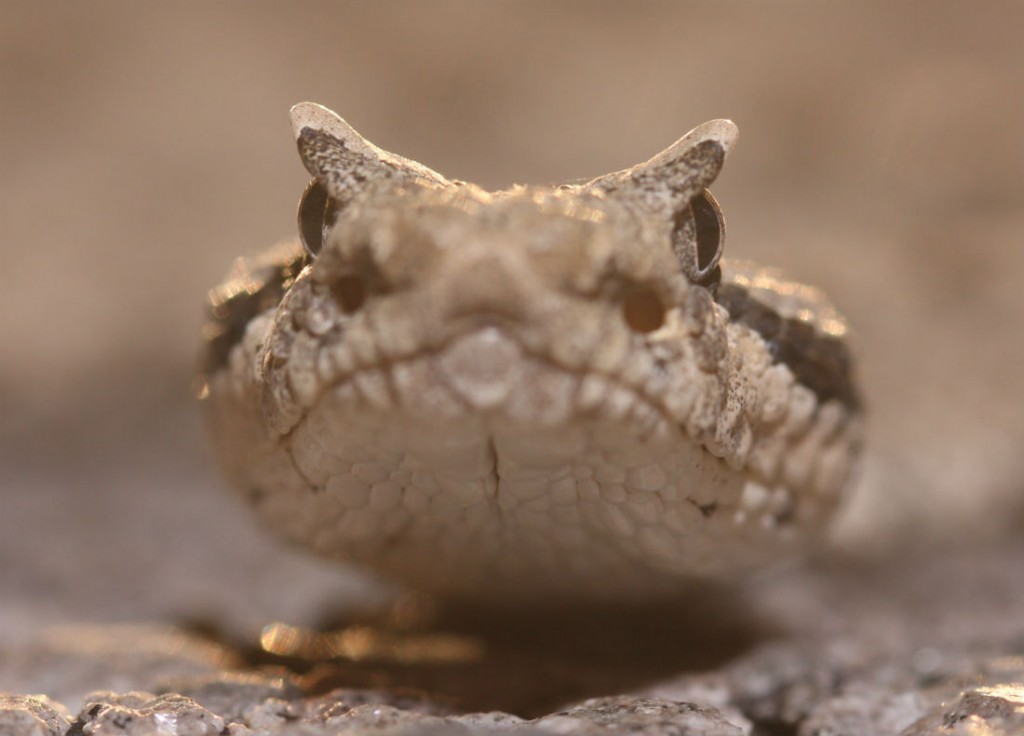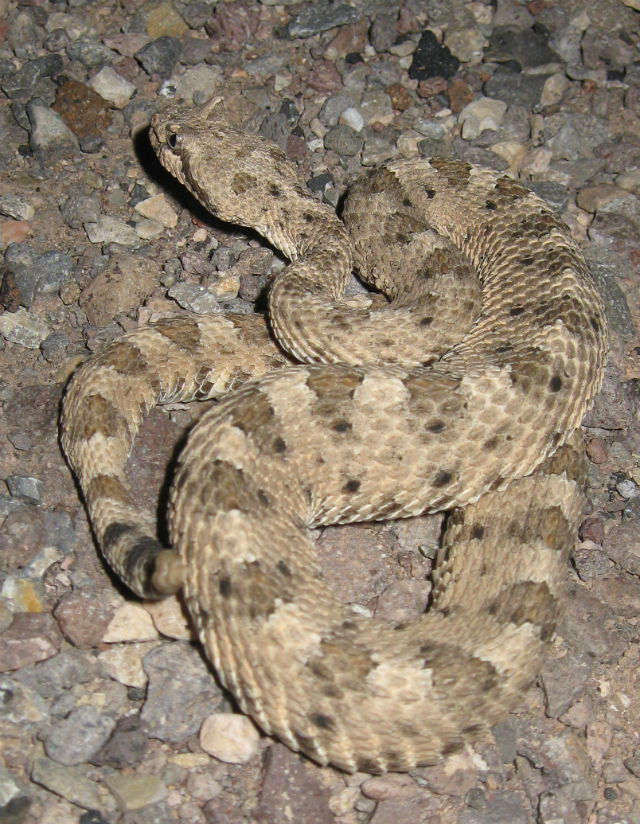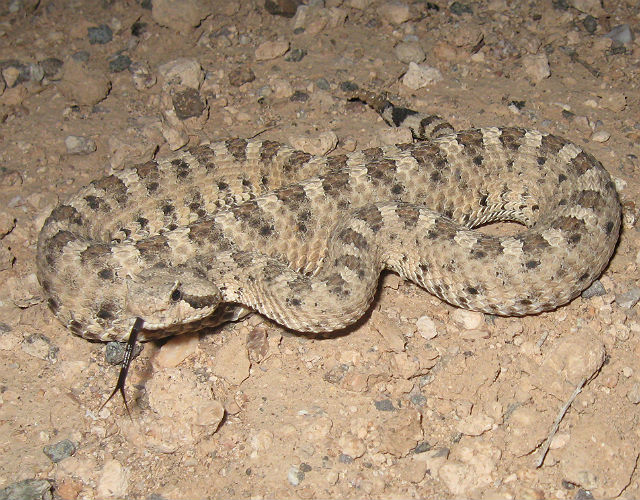While tidepooling on the California coast, we caught this cool fish that I had never seen before. It is the only known member of its genus. The name “Cabezon” comes from Spanish meaning “large head,” which is a main identifying feature for this species.
This is a scaleless fish with a broad bony support extending from the eye across the cheek just under the skin. It can grow up to 3 feet in length and weigh over 24 pounds, but on average they weigh 4 pounds and are less than two feet long.
This species ranges in color, with varying shades of brown, red, or green, with lots of darker mottling to help with camouflage. Females are usually greenish while males are more reddish.
Cabezon are found in the northeast Pacific Ocean from Alaska to Baja California. They feed on crustaceans, mollusks, fish and fish eggs – though they are indiscriminate and eat whatever will fit in their mouths. They are ambush predators that patiently wait for passing by prey, then lunge to engulf their prey with their large mouth.
Adults spawn on rocky outcrops in shallow water and males guard the eggs until they hatch. After hatching, the offspring settle at intertidal pools then move to reefs and kelp forests. Cabezons tend to live near coastlines with rocky, sandy, and muddy, hard bottoms.
Cabezon is prized as a recreational game fish.

